While running outdoors in the summer can be more enjoyable than in the winter, it comes with its own set of adjustments and safety hazards. Whether you already have a set running schedule or you’re looking to begin a morning jogging routine this summer, here are a few things that you should know to help beat the heat.
- Choose the right time of day. Instead of running during your lunch break when the sun is at its hottest, opt instead for an early morning or late afternoon jog. As a general rule, avoid running during the hours of 10 a.m. and 3 p.m.
- Wear sunscreen. You might not think about it like you would, say, at the beach, but you’re at just as much risk for sunburn while running. Be sure to wear something around SPF 45.
- Stay hydrated from the get-go. Most runners recommend drinking a full glass of water before you even set out on your run to avoid dehydration. While running, stop for a drink every 15 minutes (even if you’re not thirsty).
- Pay attention to your body. If you feel dizzy, lightheaded, or nauseated while running, slow to a walk (or stop running altogether) and seek out a shaded spot to rest.
8 Tips for Exercising in Summer Heat [Active.com]
20 Ways To Have a Rockin' Outdoor Workout [Greatist.com]
Summer Safety: 8 Outdoor Fitness Training Tips To Help You Keep Cool [Medical Daily]

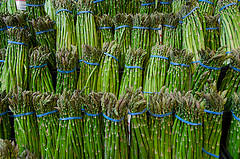
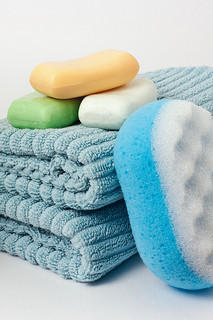
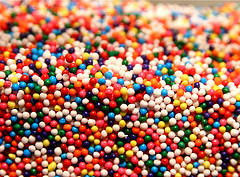
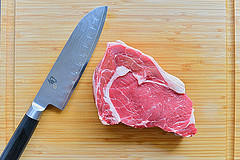
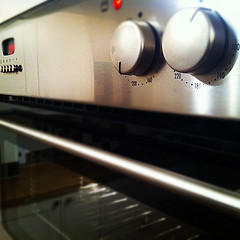

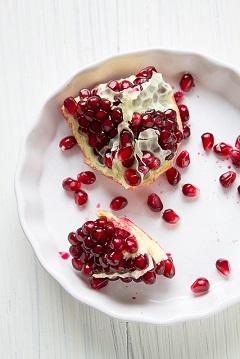
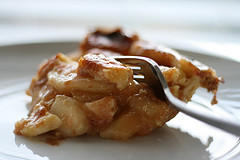

 Equal Housing Opportunity
Equal Housing Opportunity